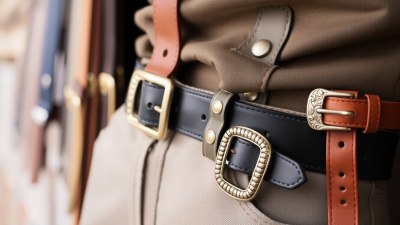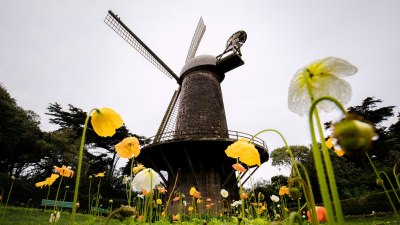Building a Collection of Local Vintage Belts from Markets
Explore how to curate a stunning collection of vintage belts from local markets for timeless fashion.

Image created with Flux Schnell
If you’re a fashion enthusiast or simply someone who appreciates unique accessories, collecting local vintage belts from markets can be a thrilling adventure. Vintage belts not only add character to your wardrobe but also tell stories of the past. This article delves into the nuances of building a collection of local vintage belts, offering tips on where to find them, how to assess quality, and ways to incorporate them into your style.
Understanding the Allure of Vintage Belts
Vintage belts are more than just functional items; they are pieces of art that carry history and nostalgia. Each belt has its own unique design, material, and craftsmanship, making it a one-of-a-kind accessory. Collecting vintage belts allows you to explore different eras of fashion, from the bold styles of the 80s to the more delicate designs of the 1920s.
Moreover, vintage belts can be surprisingly versatile. They can elevate a simple outfit, serve as a statement piece, or provide a pop of color to an otherwise neutral ensemble. With the rise of sustainable fashion, vintage pieces have become increasingly popular, as they promote a more eco-friendly approach to style.
Locating Local Markets for Vintage Belts
The first step in building your collection is finding the right local markets. Check out flea markets, second-hand stores, and thrift shops in your area. These venues are treasure troves of unique vintage items, including belts. Consider visiting antique shops and estate sales as well, where you might discover rare finds that aren’t available in standard retail environments.
Many cities host regular vintage fairs, where vendors gather to sell their curated collections. These events often feature a wide range of accessories, including belts, and provide a great opportunity to connect with other vintage enthusiasts. Social media platforms like Instagram and Facebook can help you uncover these events, as many vendors promote their appearances through these channels.
Assessing Quality and Authenticity
Familiarize yourself with the materials commonly used in vintage belts, including leather, fabric, and metal. High-quality leather has a soft, supple feel and may develop a beautiful patina over time. Fabric belts, particularly those made from vintage textiles, can be vibrant and unique. Always check for the brand name or any labels that could authenticate the piece, as many quality brands have a distinct signature style.
Negotiating Prices at the Market
A friendly demeanor can go a long way in building rapport with vendors. If you express genuine interest in their pieces, they may be more inclined to offer you a better deal. Don’t be afraid to walk away if the price doesn’t feel right. This can encourage the seller to reconsider their price when you return.
Incorporating Vintage Belts into Your Wardrobe
Don’t hesitate to mix and match vintage belts with modern outfits. Pairing a vintage leather belt with contemporary denim can create an interesting contrast. A colorful embroidered belt can add a playful touch to an otherwise subdued outfit. Experiment with layering by wearing multiple belts together for a unique style statement.
Caring for Your Vintage Belts
For fabric belts, inspect them for stains or dirt before storing them. Spot clean them as necessary, but avoid soaking them in water, as this can warp the materials. If a belt requires repairs, seek a professional to ensure that the work done preserves the belt’s integrity and value.











